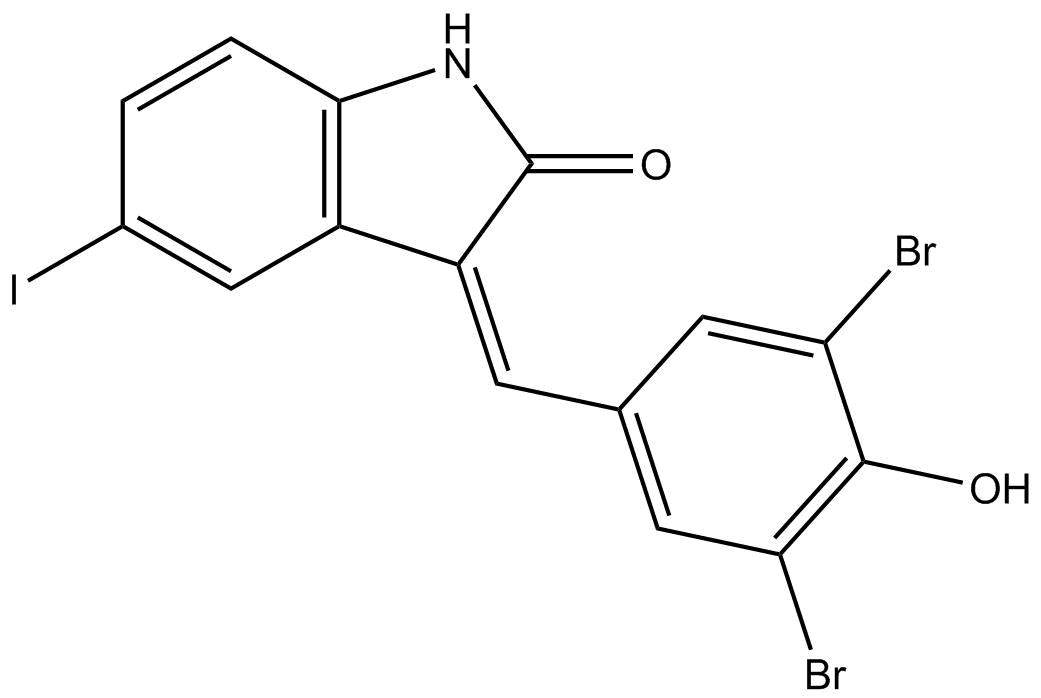Archives
DNA Damage DNA Repair Library Methods of selective brain coo
Methods of selective DNA Damage DNA Repair Library cooling in clinical practice include the use of a cooling helmet, intranasal air, and cooling cap with a neckband. The results in some studies failed to show significant differences in neurological outcome when using a cooling helmet or intranasal air. However, cooling to achieve a target temperature of 33–35°C for 72 hours by using a cooling cap with a neckband could significantly decrease the ICP and improve neurological outcome. In 2009, Forte et al suggested that mild brain hypothermia (33.6–37.6°C for a mean period of 61.7 hours) induced by regional ice bag cooling was effective in controlling ICP in patients who had previously undergone decompressive craniectomy (DC). These results support the hypothesis that the least invasive and most selective methods of hypothermia hold the greatest promise of becoming practical neuroprotective measures after a TBI.
Decompressive craniectomy has been historically considered a salvage procedure in severe TBI patients. We demonstrated that DC is an independent predictor associated with a poor outcome in patients with TBI, that the perioperative neurological status of patients who underwent DC is more severe than the status of craniotomy patients, and 63% of patients who underwent early DC had a poor outcome after 6 months of follow-up. In accordance with the suggestions of Forte et al and our clinical experience, we are inclined to think that local brain cooling with an ice bag on the scalp surface around the craniectomy lesion may be another choice for these TBI patients. Its advantages are that it is a noninvasive and more specific method for cooling the lesion area. However, its benefits need to be confirmed.
After an acute neurological injury, the human brain is generally at a higher temperature than the rest of the body. Dissociation (i.e., reversal) between the intracranial temperature (ICT) and systemic temperatures—defined as the status in which the rectal temperature (Tr) exceeds the ICT—is a poor prognostic factor and an early sign of brain death. We have further found that between survivors and nonsurvivors there is a significant difference in the incidence of the reversal phenomenon (p < 0.01) and the reversal temperature gradient (expressed as the mean ± the standard deviation [SD]): ICT-Tr was –3.0°C ± 0.62°C in nonsurvivors and 0.2°C ± 0.16°C in survivors. We believe that the reduced ICT may be result of a concomitant decrease in regional cerebral blood flow and diminished cerebral metabolism. Based on our basic research and clinical findings, we want to emphasize that the optimal brain temperature and monitoring the condition of the brain need to be clarified for performing selective brain cooling as a strategy for artificially reversing the ICT-Tr gradient.
The sites at which temperature is measured include the rectum, urinary bladder, esophagus and brain. It has already been demonstrated that the ICT is normally 0.5–1°C higher than the rectal temperature. These results remind us that the body temperature observed in different regions does not actually reflect the ICT. If a highly accurate ICT measurement is required, brain temperature monitoring should act as a guide for therapeutic interventions in patients with TBI, and serve as a control for cooling until the desired temperature is reached. Because the temperature gradient can apparently be as much as 0.9°C from the cortex to the central brain, the uneven distribution of cooling of various brain regions should be a concern if selective brain cooling is performed. How to provide a uniform or an acceptable temperature gradient in different brain regions needs to be investigated in the future.
Selecting an ideal strategy in the rewarming phase is another important issue. In the rewarming phase, the most feared complication is an increase in the ICP. Most investigators suggest varying the speed of rewarming between 0.5°C every 3 hours and 1.0°C every day to avoid an abrupt elevation of brain temperature that subsequently induces increased ICP. To avoid an abrupt elevation of brain temperature, Forte et al advocated gradual and passive rewarming of the brain, with the intermittent application of ice packs to the area of the craniectomy. After a TBI, only one-third of patients achieve their highest ICP within the first 2 days after the injury, and 20% do not achieve their peak ICP until after 5 days. This is the reason why some authors recommend cooling to be extended to at least 72 hours to avoid having a period of significant cerebral edema and elevated ICP (Table 1).
to provide a uniform or an acceptable temperature gradient in different brain regions needs to be investigated in the future.
Selecting an ideal strategy in the rewarming phase is another important issue. In the rewarming phase, the most feared complication is an increase in the ICP. Most investigators suggest varying the speed of rewarming between 0.5°C every 3 hours and 1.0°C every day to avoid an abrupt elevation of brain temperature that subsequently induces increased ICP. To avoid an abrupt elevation of brain temperature, Forte et al advocated gradual and passive rewarming of the brain, with the intermittent application of ice packs to the area of the craniectomy. After a TBI, only one-third of patients achieve their highest ICP within the first 2 days after the injury, and 20% do not achieve their peak ICP until after 5 days. This is the reason why some authors recommend cooling to be extended to at least 72 hours to avoid having a period of significant cerebral edema and elevated ICP (Table 1).